Why Bus Drivers Get Hazard Pay

As sheltering-in-place cities rally in support of health care and emergency workers, bus drivers are among essential workers quietly showing up each day to keep cities rolling along. They’ve found themselves on the coronavirus front lines—but without the singing and cheering from balconies. The Los Angeles Times reported May 4 that 100 transit workers nationwide have died from COVID-19 so far. Fear and frustration are running high particularly in Detroit, where typically 25% of the city—nurses, janitors, and grocery workers—don’t have cars and rely on public transportation. The city is giving an extra $800 a month of hazard pay for all front-line workers, including bus drivers.
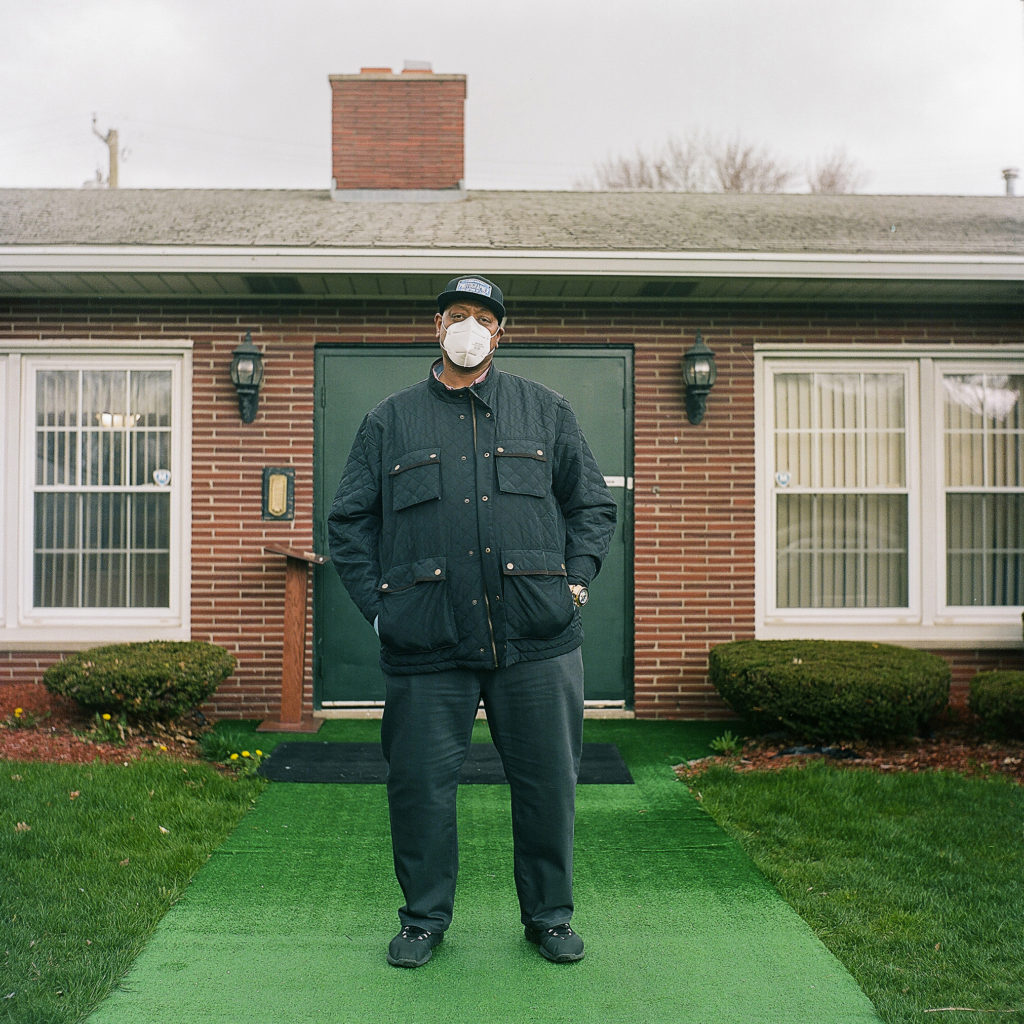
Detroit bus driver Eric Colts stands outside the Butler Funeral Home after making burial arrangements for his brother-in-law Jason Hargrove, 50, a fellow bus driver who died of the coronavirus. In late March, Hargrove posted a viral Facebook video after a passenger coughed on him. “I feel violated for the folks that were on the bus when this happened,” he says in the video. Hargrove became infected with the coronavirus and died 11 days later. The Washington Post reported the two men had been Detroit bus drivers since 2016. Photo by Brittany Greeson/Washington Post/Getty Images.
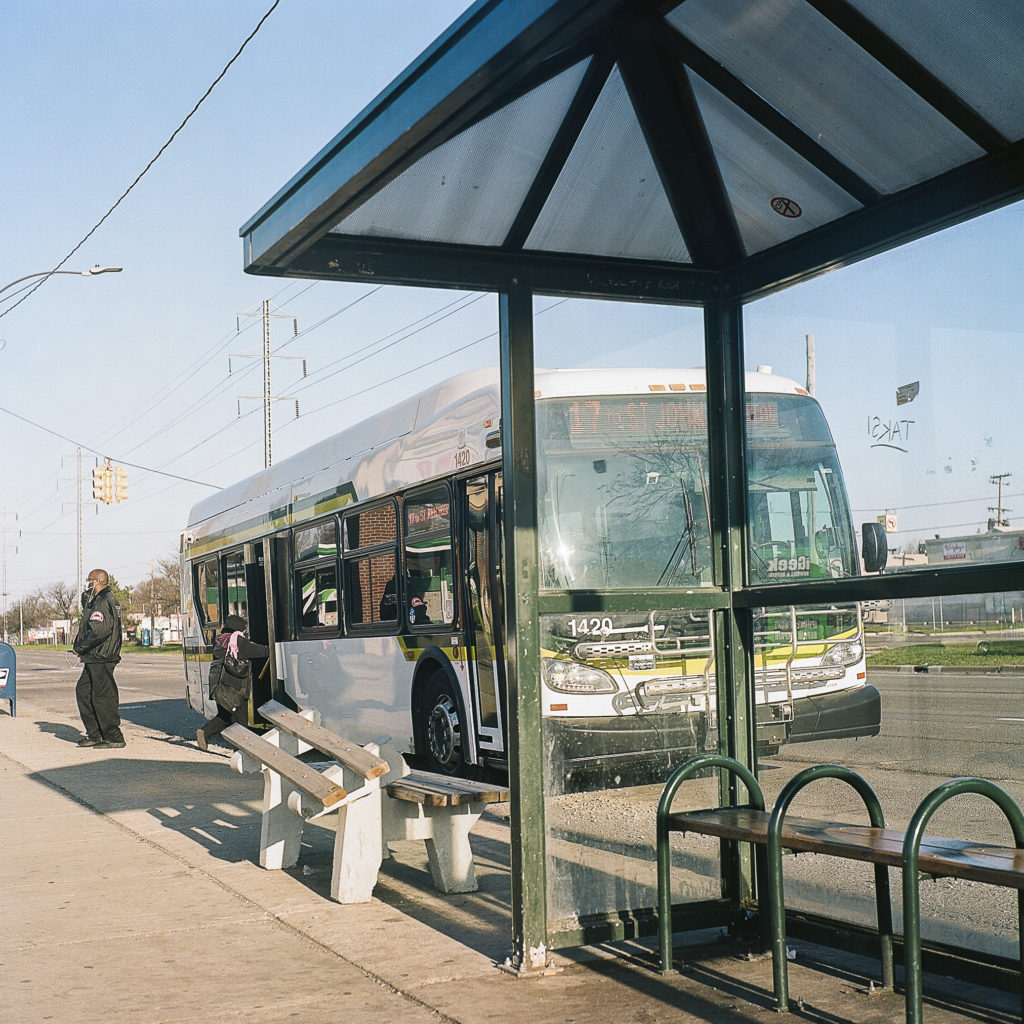
A woman boards Eric Colts’ Route 17 bus at the back door. After a one-day strike on March 17, transit employees won some safety improvements, including requiring passengers to board from the back of the bus. Fares are waived so passenger-driver contact is minimized. There’s now a 15-passenger limit, and all buses have surgical masks for passengers without them. Buses are disinfected at the end of each run. Photo by Brittany Greeson/Washington Post/Getty Images.
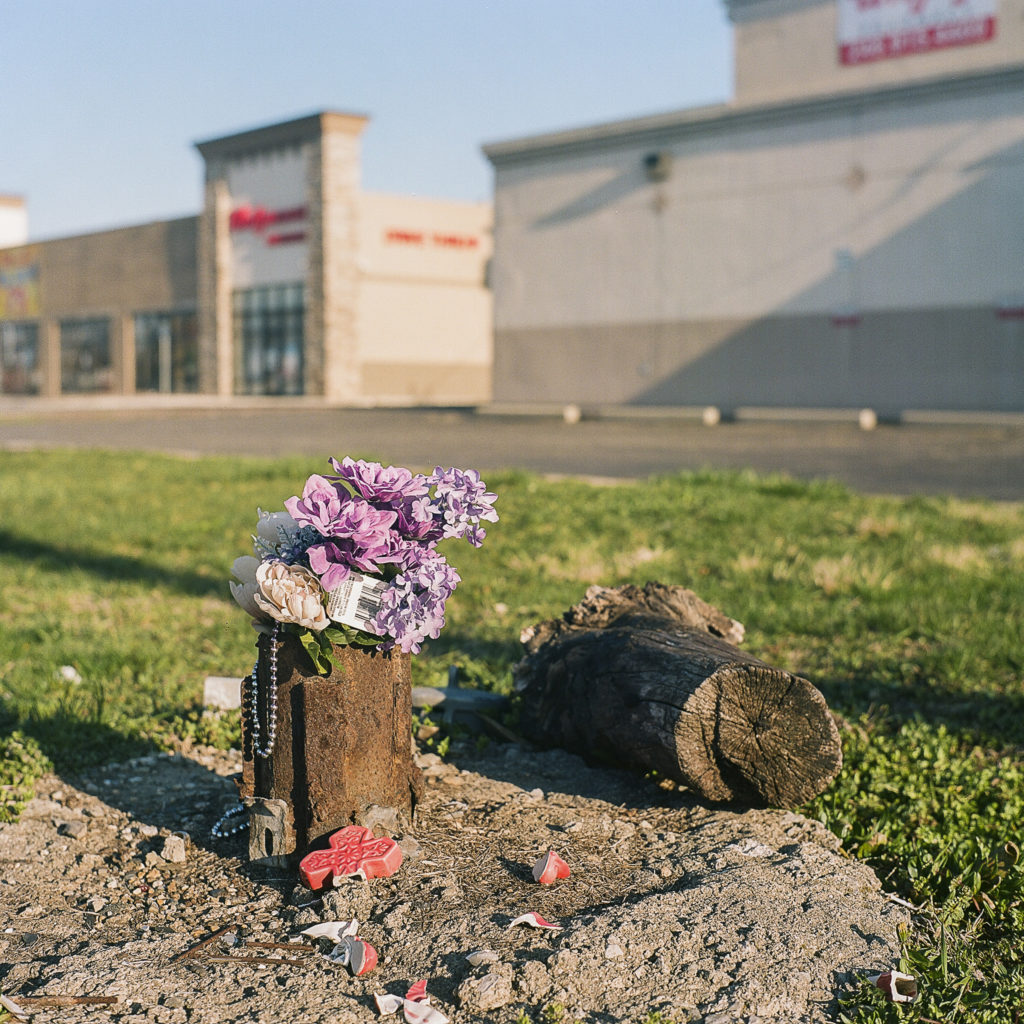
Flowers from a memorial sit near a bus stop along Colts’ route. Black drivers and their families are particularly at risk. Nationwide, Black people are 28% of bus drivers though they make up 13% of the U.S. population. Photo by Brittany Greeson/Washington Post/Getty Images.
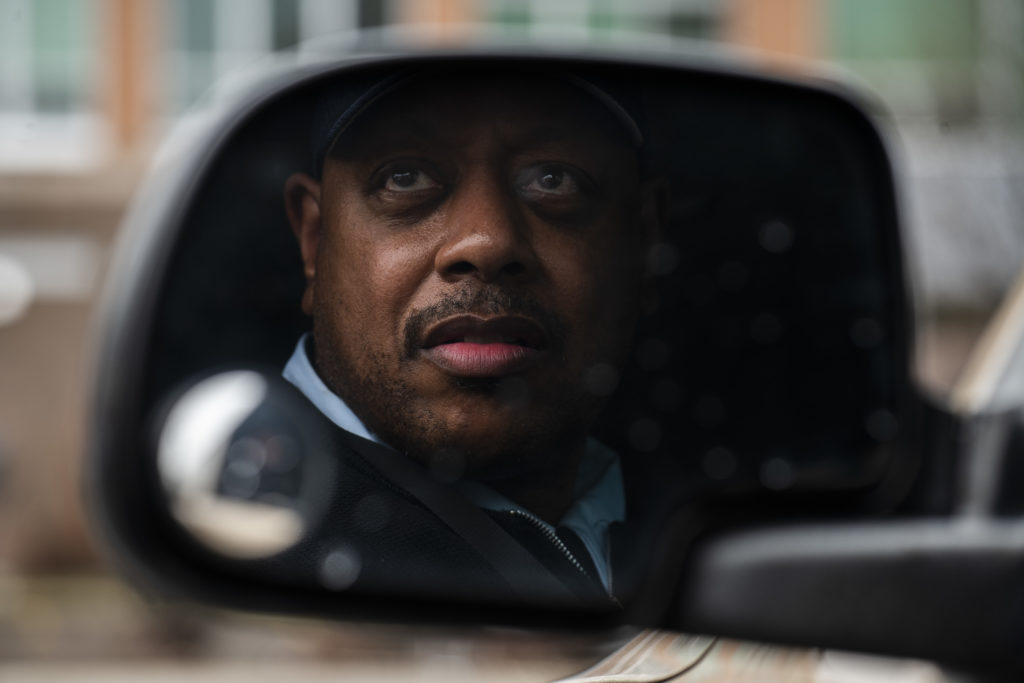
Colts returns from visiting a COVID-19 testing site in Detroit. He tested negative for the virus and was able to return to work the same day. Drivers now have access to the same COVID-19 testing that the city uses for police, EMTs, and firefighters. Photo by Brittany Greeson/Washington Post/Getty Images.
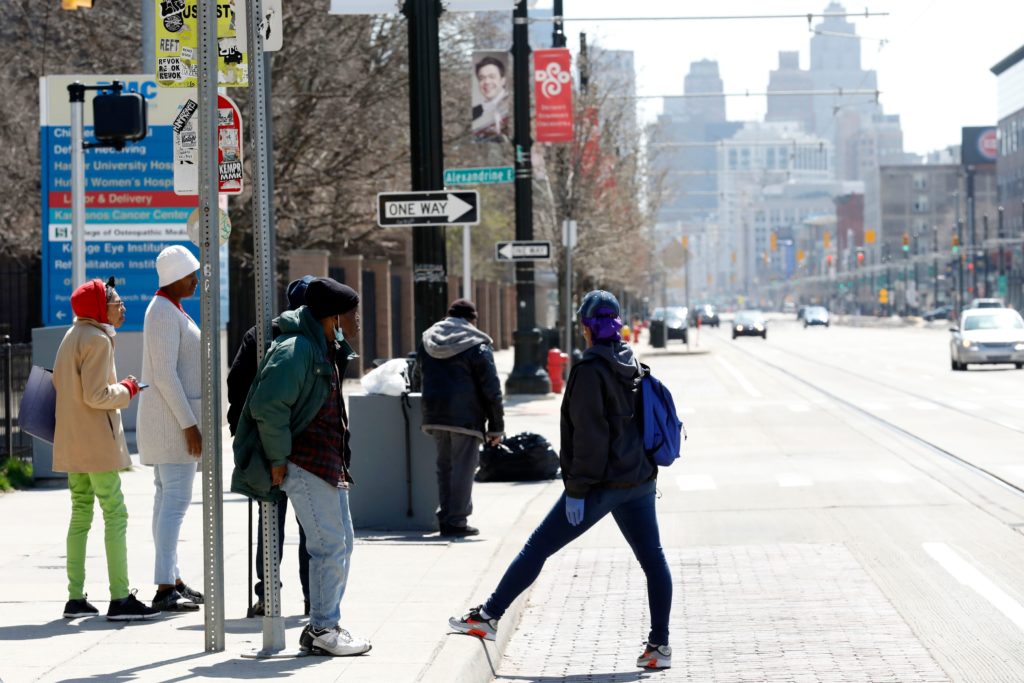
People wait for a bus on Woodward Avenue in Detroit. The city’s population is 79% Black. Its high rate of poverty is accompanied by high rates of asthma, diabetes, hypertension, and heart disease, all of which make the coronavirus especially deadly. Photo by Jeff Kowalsky/AFP/Getty Images.
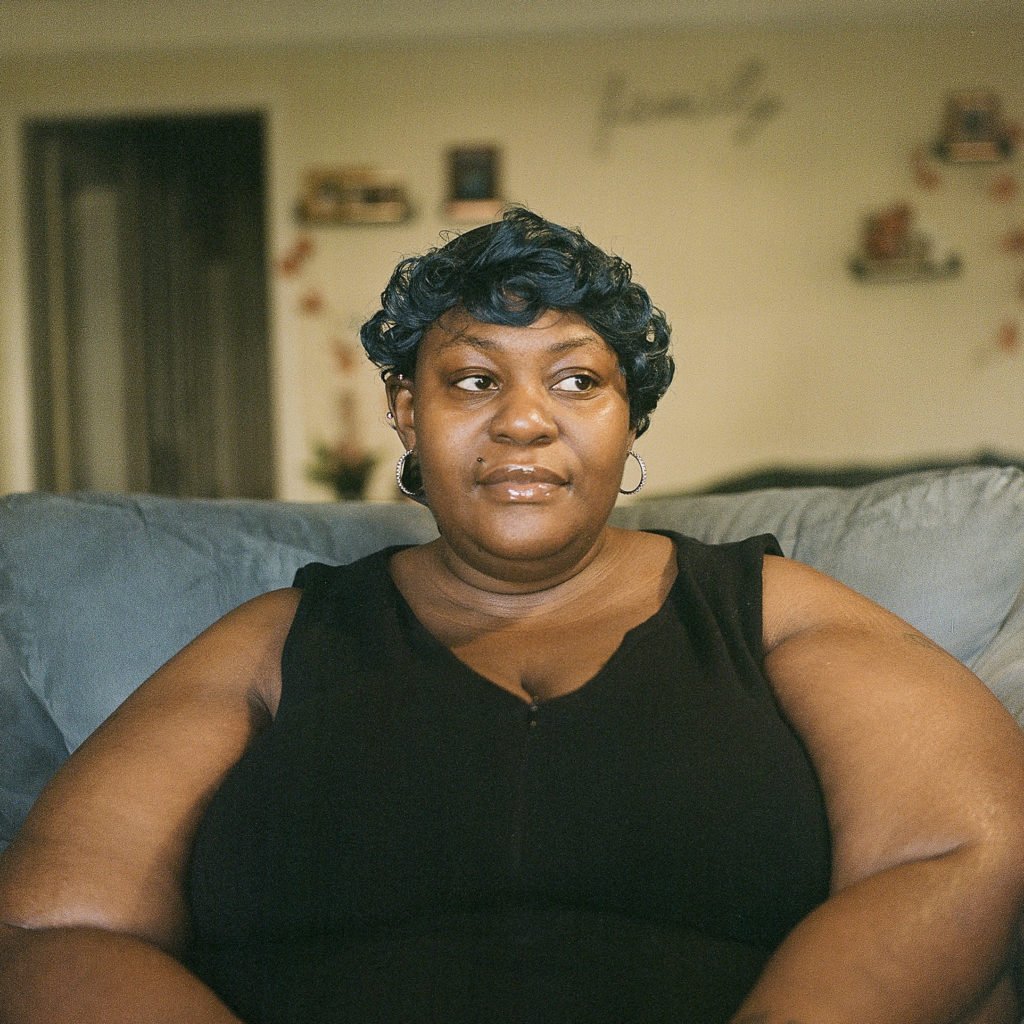
Tina Rhone, 41, has been a Detroit bus driver for four years. She was photographed while quarantined at her home in Oak Park. Hundreds of drivers have been quarantined at home awaiting test results. Photo by Brittany Greeson/Washington Post/Getty Images.
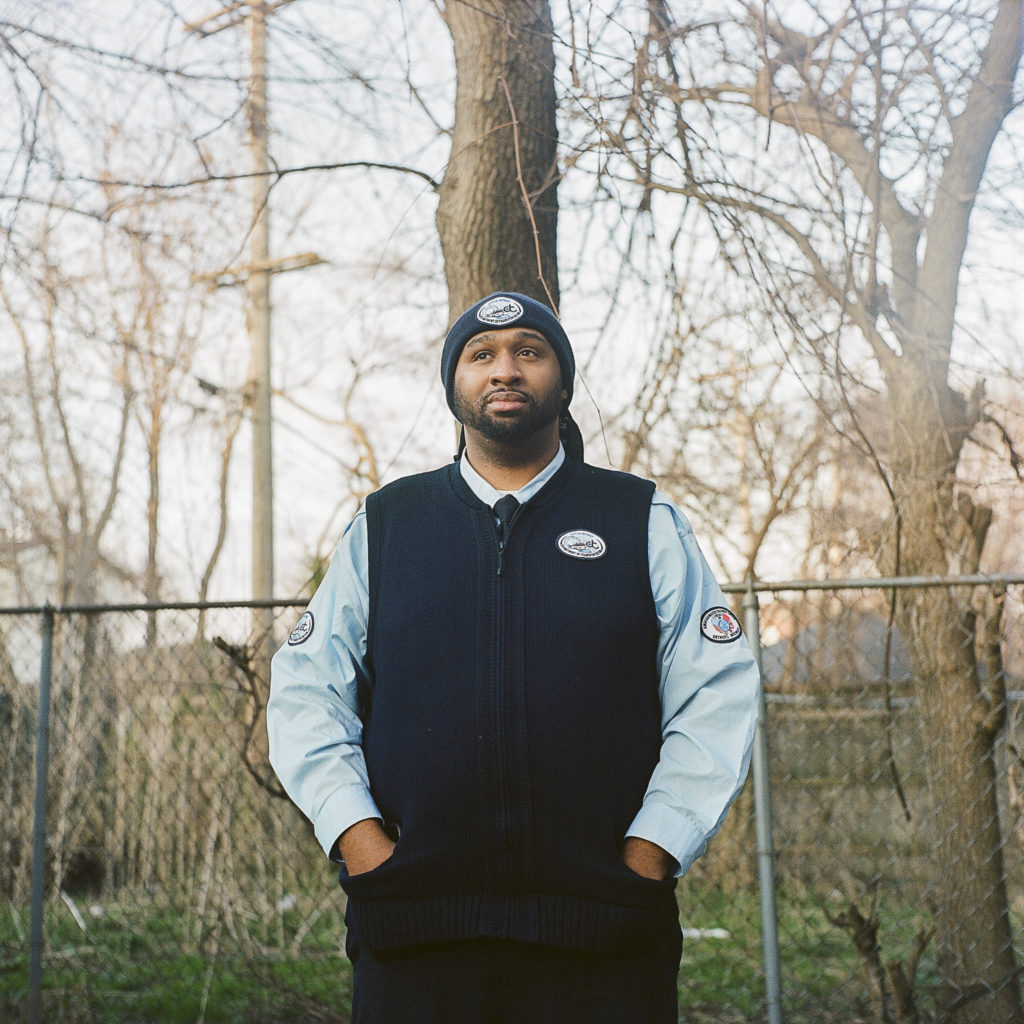
Detroit driver Deandre Washington, 31, went on paid sick leave in April after concerns over symptoms of a cold or COVID-19. Photo by Brittany Greeson/Washington Post/Getty Images.
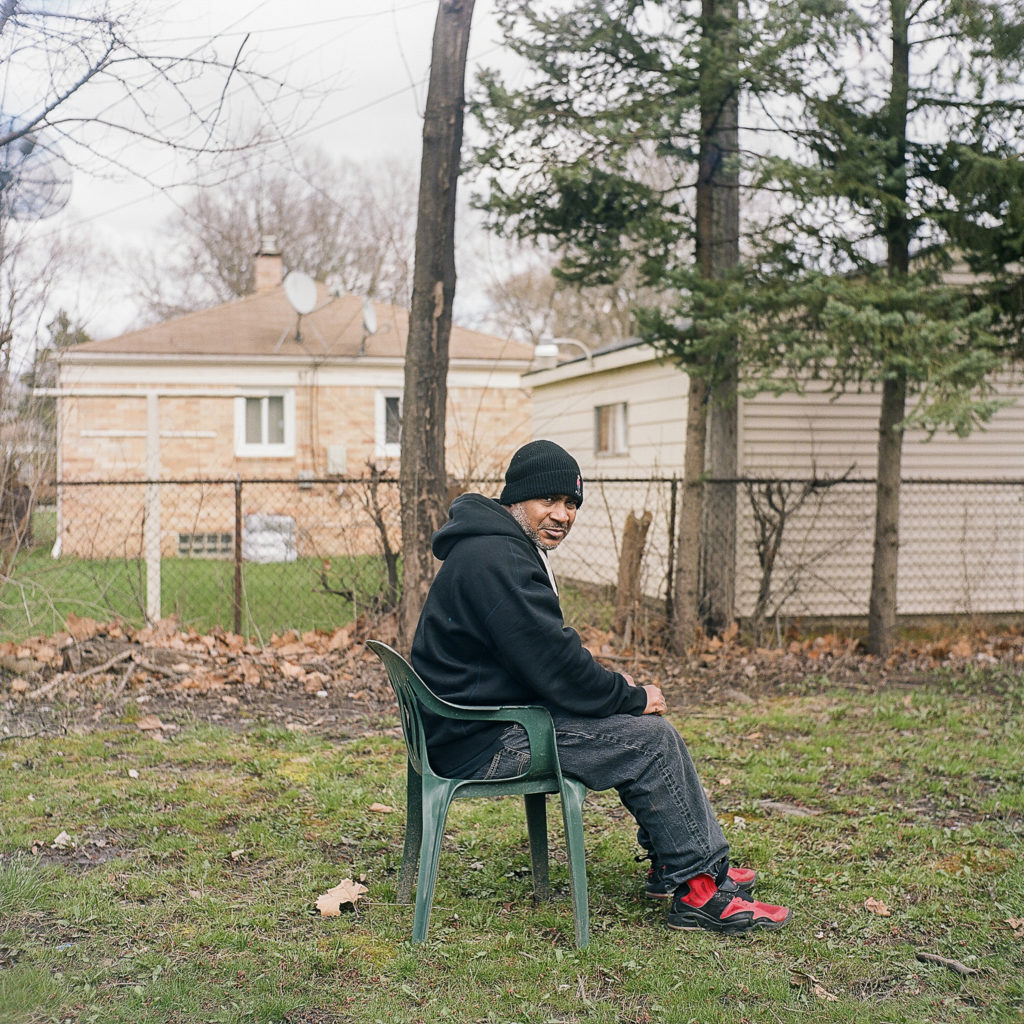
Sean Martin, 49, of Oak Park, has been a bus driver for four years. He is hoping for better pay for himself and other drivers. Photo by Brittany Greeson/Washington Post/Getty Images.
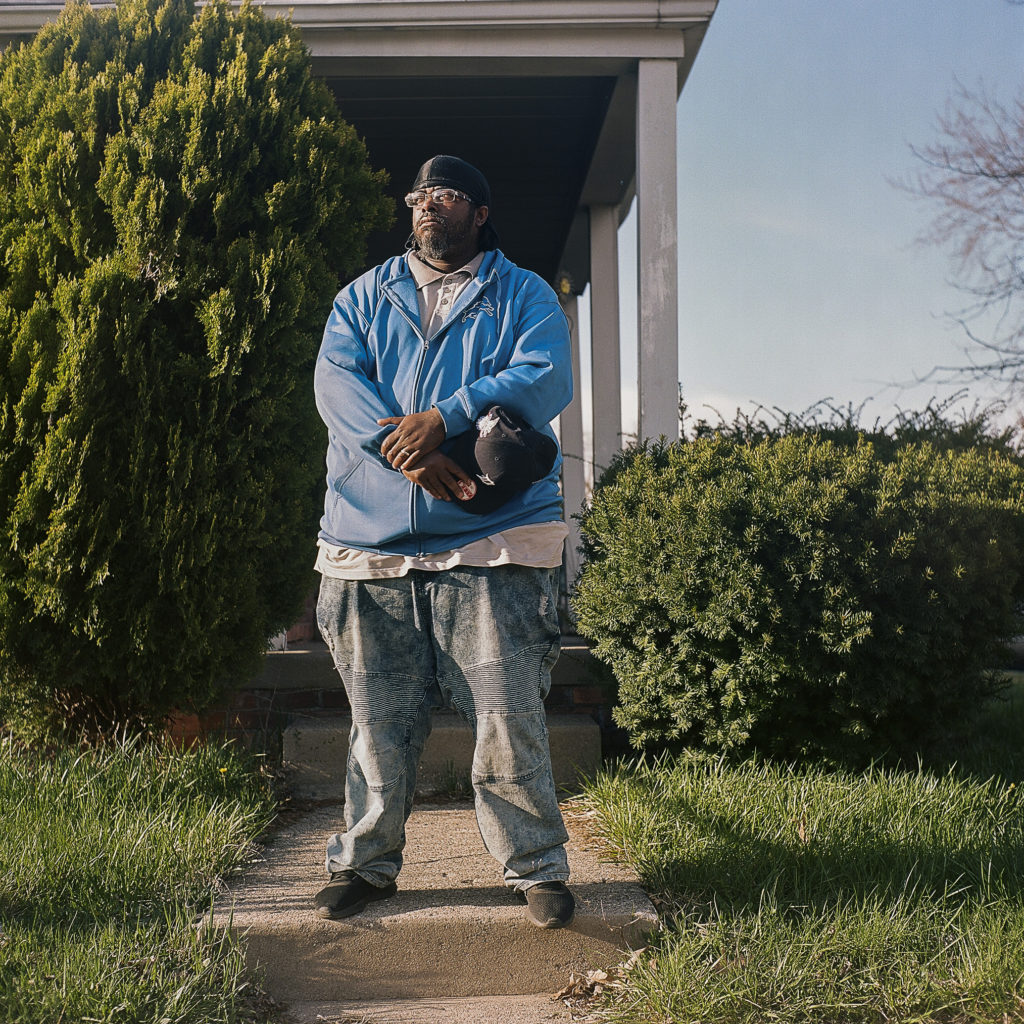
Reggie Glasgow II, 34, quit driving in March and has remained in his home, feeling that the city of Detroit was not providing proper protective equipment and safety standards for drivers or passengers. “Boarding the passengers through the back door and blocking off the entrance for them to come to the front, we thought that would be safe,” Glasgow told CBS. But he said he doesn’t believe it was enough, and buses were not being disinfected at the end of every line. Photo by Brittany Greeson/Washington Post/Getty Images.
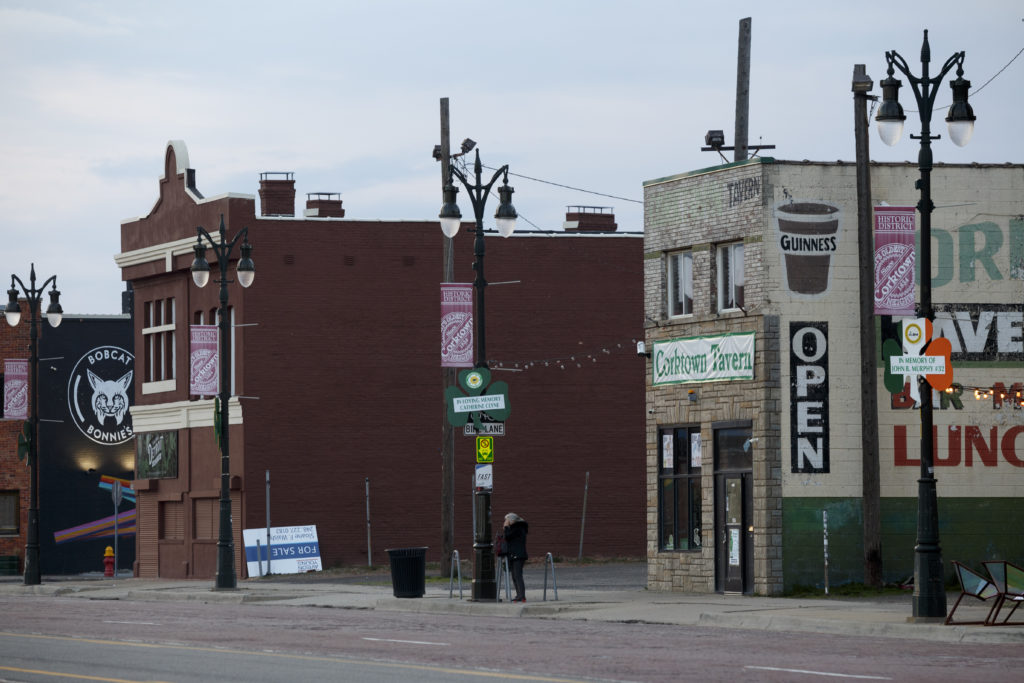
A woman waits for the bus in the Corktown neighborhood of Detroit. As of May 5, 1,108 people in Detroit have died from the coronavirus, a 9% fatality rate. Photo by Elaine Cromie/Getty Images.

|
Tracy Matsue Loeffelholz
is the former creative director at YES!, where she directed artistic and visual components of YES! Magazine, and drove branding across the organization for nearly 15 years. She specializes in infographic research and design, and currently works with The Nation, in addition to YES! She previously worked at The Seattle Times, The Virginian-Pilot, Scripps Howard Newspapers, Rocky Mountain News, The Denver Post, The Connecticut Post, The San Diego Tribune, The Honolulu Advertiser. She lives on Bainbridge Island, Washington, and currently serves on the board of the Bainbridge Island Japanese American Exclusion Memorial Association. Tracy speaks English.
|






